
Epson Net-Zero Approval
Epson's targets based on Net-Zero Standard of the Science Based Targets initiative (SBTi)
Epson has announced the approval of the net-zero target and milestone targets it has set based on the Net-Zero Standard of the Science Based Targets initiative (SBTi). Epson is seeking to decarbonise and has set strategic targets for the reduction of greenhouse gas (GHG) emissions. The SBTi has validated them as being science-based and aligned with the 1.5℃ goal of the Paris Agreement. Climate change and global warming are serious issues for society and Epson is helping to work toward a solution.
The company has articulated its long-term goals in “Environmental Vision 2050” and is actively working to reduce the environmental footprint of its products and business activities across the value chain by drawing on the strength of its efficient, compact and precise technologies.
Epson first received approval for its targets in 2018. These targets were subsequently raised to align with the 1.5℃ goal. Epson achieved the elevated targets ahead of schedule by transitioning to 100% renewable electricity worldwide.
As a result, Epson needed to revise its next set of strategic targets. The public is demanding an absolute reduction in GHG emissions (total volume reduction), and Epson needed to enhance consistency with the total reduction targets already set forth in their environmental vision.
Thus, Epson submitted the following updated targets to the SBTi. The SBTi reviewed and approved the targets, which are part of a broader strategic plan by Epson to tackle climate change long term.
Approved Targets
(All reductions are compared to the baseline year of fiscal 2017 [ended March 2018])
Near-term targets
- Reduce total scope 1 + 2 + 3 emissions2by 55% by 2030.
- Reduce total scope 1 + 2 emissions2by 90% by 2030.
Long-term targets
- Reduce total scope 1 + 2 + 3 emissions2by 90% by 2050.
- Achieve net-zero in 2050.
The 2050 net-zero target is based on the SBTi Net-Zero Standard. Directly reducing all scope 1, 2, and 3 GHG emissions compared to the baseline year is the priority. Neutralisation of all residual emissions that cannot be eliminated will be achieved through permanent carbon removal or storage.
Reducing GHG emissions across the value chain, which accounts for 90% or more of Epson’s total emissions, requires close collaboration with suppliers. To reduce the environmental impact of purchased goods and services (scope 3, category 1), Epson launched a supplier engagement program called the “Epson Green Supply Chain.”
Under this program, Epson has moved to increase the accuracy of primary GHG emissions data collected from suppliers by introducing a visualisation solution.
Epson have also begun exploring a framework under which they and their main suppliers jointly procure renewable electricity.
Meanwhile, Epson is also developing CO2 absorption technology as a key project in its environmental technology development.
Beyond achieving their science-based targets, Epson aim to contribute to the decarbonisation of society by pursuing their additional goal of becoming carbon negative.
For more on SBTi go to: https://sciencebasedtargets.org
For more on Epson’s Environmental Activities go to: https://corporate.epson/en/sustainability
Epson Australia: 1300 361 054
Website: Epson Australia

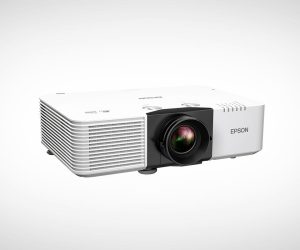
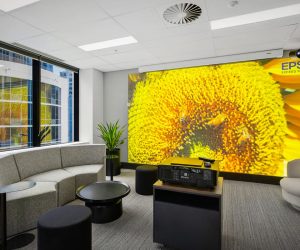


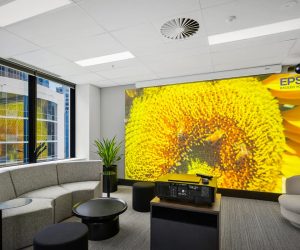
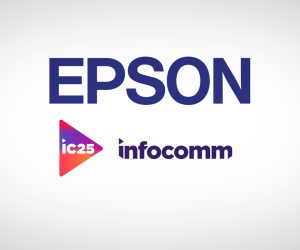

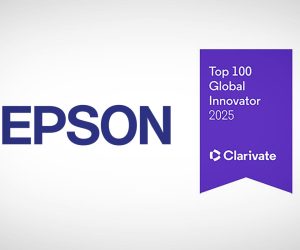

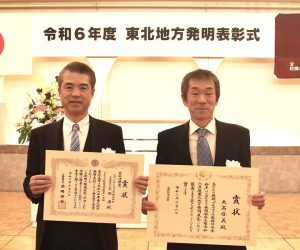
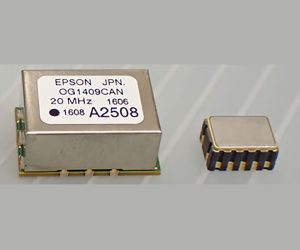
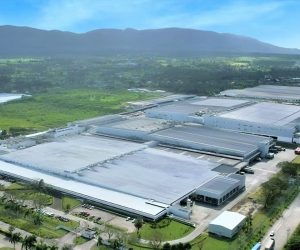


RESPONSES